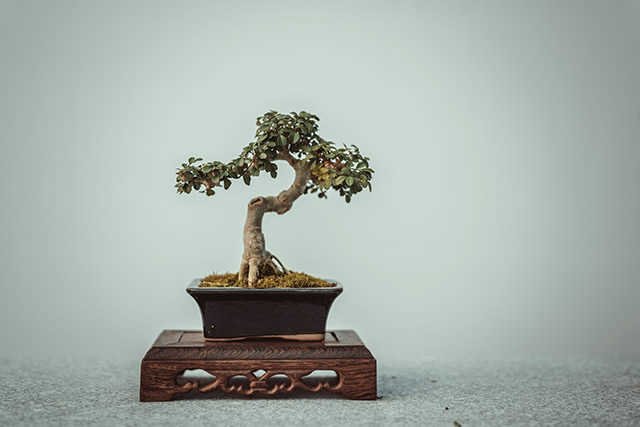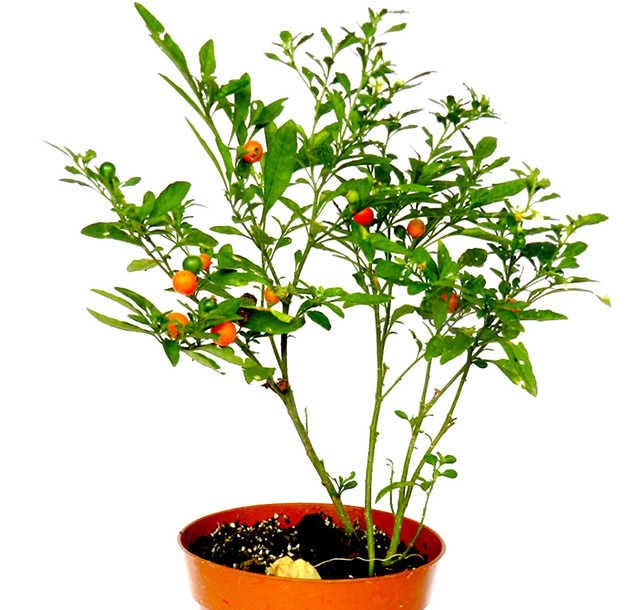How to prepare the nutritional soil of potted fruit trees and make nutrient soil and nutritional solution of fruit trees
1. How to prepare the Nutritional soil of potted fruit trees
1. Preparation requirements
Potted fruit tree culture soil must have excellent physical and chemical traits, a certain breathability, loose soil, strong water reservation and drainage capacity.Class, does not contain disease insects, grass seeds, full nitrogen content 0.8%to 1.2%, fast -acting nitrogen 100 ~ 150 mg/kg, fast -acting phosphorus content is higher than 200 mg/kg, fast -acting potassium content is higher than 100 mg/kg, bed soil, bed soilThe total pore degree is about 60%, of which large pores are 15%to 20%, small pores are 35%to 40%, and weighing from 0.6 to 1.0.
2. The formula of the cultivation of the fruit tree basin

Formula is 50 % + coarse and thin, and the furnace residue is 20 % + 30 % of the rotten horse dung.
Formula is 40 % + 30 % of the rotten rotten horse dung.
Formula 40 % soil of the three dry fields + rotten leaf soil + 20 % of the Fertilizer soil.
Formulas 4 % of the soil of the four rice fields + 20 % of the rotten leaf soil + 20 % furnace slag + 30 % cow dung.
The formula of the five rotten leaves is 40 % + 30 % of the vermiculite or perlite + 30 % of the Fertilizer soil.
The formula of six grass carbon soil is 50 % + 30 % of the dry field soil + 20 % of the fat soil.
Formula is 50 % + vermiculite or perlite 30 % + 20 % cow dung.Formula eight furnace residue 40 % + 60 % of perlite or vermiculite (for soilless cultivation).
Note: The bazaar is the basis of potting soil; Increases vermiculite, perlite, stab and other breathability of the soil; Use livestock and corrupt leaf soil to increase potting soil fertility; After stirringuse.
2. Production of nutrient soil and nutritional solution of fruit trees
1,fruit tree potted Nutritional soil production
Nutritional soil should be rich in organic matter, comprehensive nutritional elements, good looseness and water retention, and infection without pests.
Natural loam soil: Collecting for many years from the ground of the trees or shrubs for many years (can also be).There are rotten leaves and other plant humus in this kind of soil. It is the best pot soil after screening and sterilizing insecticidal.If an appropriate amount of poultry, animal and humans and humans are added, the quality is better.
Park land that has been cultivated for many years: Choose a loose surface soil and use it.The sticky soil can be mixed with an appropriate amount of river sand, ash, weeds, and weeds.It is best to press 20 (soil) before use: 1 (poultry and livestock): 1 (human dung) proportion and mix well before being closed and fermented.
Garbage soil: Because domestic waste is composed of dust, animals and plants, nucleus, and vegetable leaves, etc., it can also be used as pot soil after being stacked and cooked.If there is less garbage in urban areas, the dust and fallen leaves on the street can be used instead.
furnace ash and grass carbon soil: The two are sieved after mixing.If you are too loose, you can add the loam to improve water retention.Because this soil contains less nutritional ingredients, it is necessary to add organic Fertilizers to accumulate according to the previous two methods.
Fully Nutritional soil: Press the ratio of 5: 5: 1 with rice bran or sawing foam (bran shell: loam soil: dry and dry manure) for accumulation and fermentation.
2,fruit tree potted nutrient solution making
Soybean meal soaked solution and rice rice water: Soon meal is soaked in water, closed and fermented with water at a ratio of 1: 5, and then use 10 times water to use it.However, the soybean meal liquid and rice water must be eliminated to prevent the root of the oil floating on the water to prevent corrosion the root system.
Soaking solution of grass and wood: Choose carbon -shaped plant ash that is not burned, and use it at a ratio of 1: 100 (gram) to soak for 24 hours.
Poultry and livestock soaking solution: 1 part of poultry and livestock and livestock plus 10 parts of water, soaked in the container for 24 hours, and the raw solution was diluted 10 times before pouring.
Inorganic Fertilizer dilution solution: It can be prepared according to the different growth period of fruit trees.Such as 0.2 % Urea, 3 % -5 % over excess calcium phosphate, 0.5 % potassium dihydrogen phosphate, etc. can all be used for pursuit or root fertilization of potted fruit trees.
It is best to use rainwater, snow or neutral soft water for the preparation of nutrient solution. Do not use water with greater oil content and salt alkali to prevent harm to plants.


